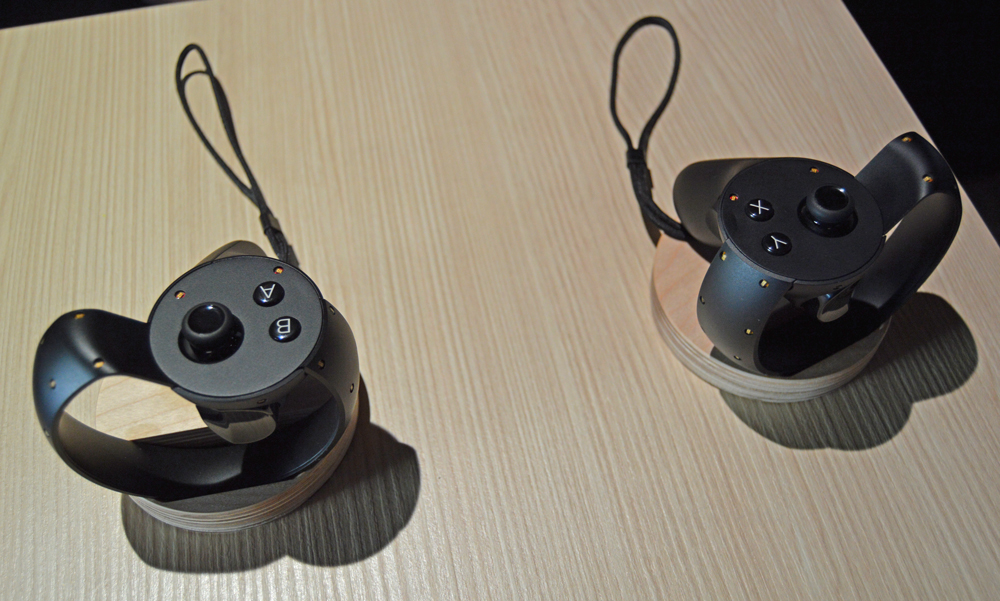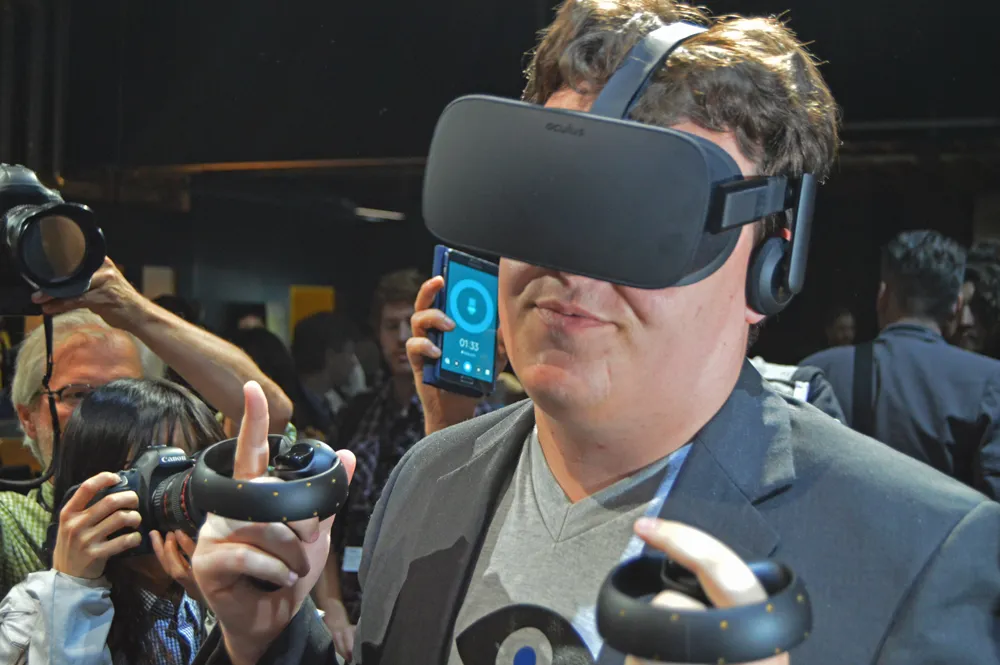One of the biggest pieces of news coming out of Oculus’ announcement yesterday was also among the most controversial – the partnership with Microsoft that promises to bring a bundled Xbox One controller to the Oculus Rift. The news sent /r/oculus into a tizzy leading to posts that rocketed to the top claiming this to be the death knell for the Rift – how this was a joke that we had this input and not something better… and then Palmer came on stage and gave us something better which reversed the polarity a bit.

Oculus’ new touch controllers are still a bit off, however, as we won’t see them release in conjunction with the Rift itself. Which partially helps explain why a different input, like an Xbox One controller, would be included in the bundle. But we weren’t satisfied with a partial explanation, so we turned to the man who has made input his pet project, Palmer Luckey, for a full one, and he was quite candid in his response:
“The reality is, with us and the with other people, there’s not very much time between when motion controllers can get to devs and when we’re supposed to be launching. We’ve been working with devs on games for years. EVE Valkyrie, for example, we’ve been working with them for over two years. When you’re in a situation like that, you can’t go and just say, ‘Hey, we’ve been working with you guys and doing this thing, but we’re not bundling the thing you have designed your game for the last two years. F**k you guys.’ It’s one of those dev driven decisions. And actually, people may not understand this.”
And Palmer was right, obviously – as a lot of people missed that point, crying foul about things like “input fragmentation” which is also a valid point, to a degree. Creating two input devices releasing at separate times does create some fragmentation within the input sphere. In the past inputs like the Microsoft Kinect, Playstation Move, the Wii Balance Board, and yes even the Nintendo PowerGlove all have been released separately from the device they were created for and none managed more than a 50% market penetration. But you can’t think about VR like that.
There is a reason “input is hard” for VR – it is because we are so close to realism that our brains wish to interact with objects in a natural way. The ways you would interact with a gun versus the steering wheel of a car, for example, are entirely different. Which is pretty much exactly what Palmer told us:
“A game pad isn’t just a step on the way to something else, necessarily. There’s always going to optimal inputs for VR. A game pad, the fact is it’s supported by two hands, you’re not counteracting the force of each thumb and you know all your fingers with the palm of your hand, that’s a problem for one handed controllers and it means for some games, like Super Mario 64, a gamepad is likely to always be the better option.”
Different styles and genres of games will require different inputs to get the best experience. That’s simply the trade off for 1:1 immersion – there really isn’t a single grand input solution that works perfectly for everything. Well, at least not yet.


























